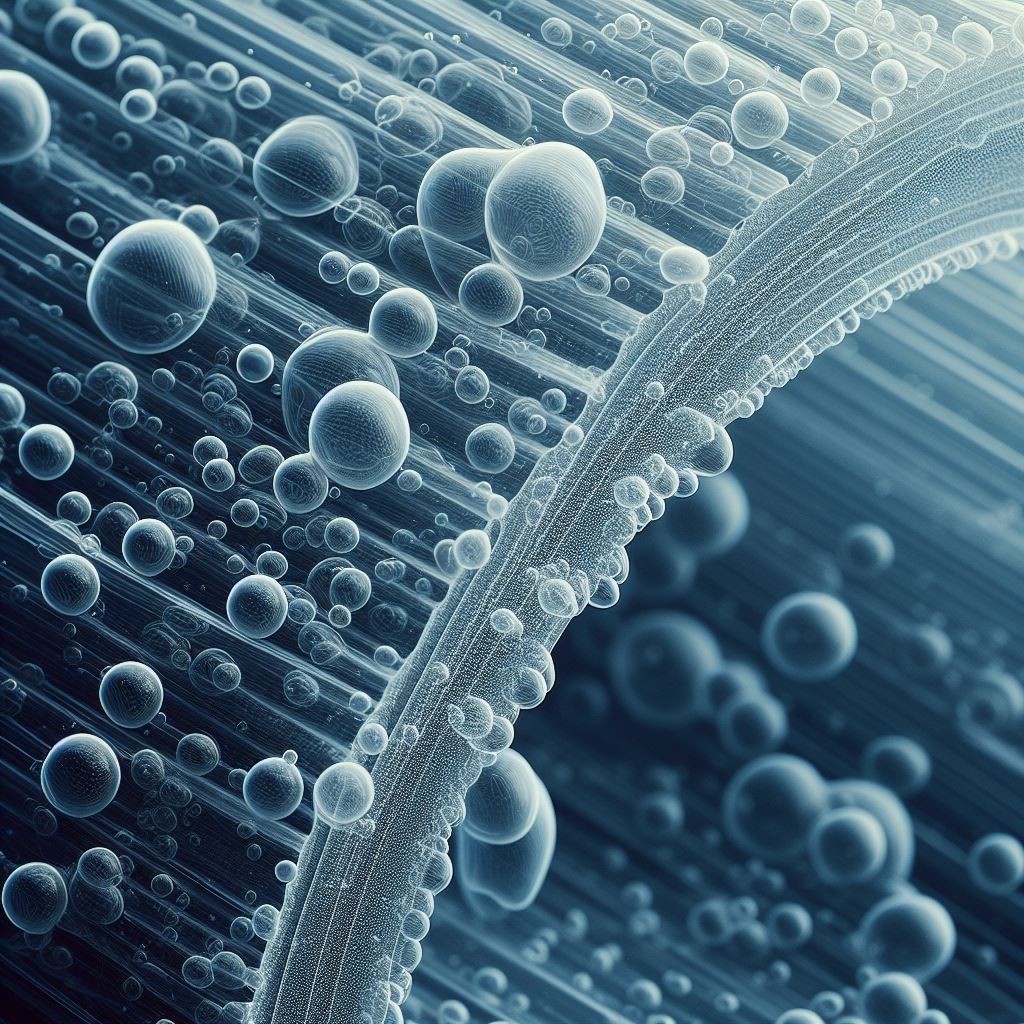Polyvinyl Chloride Material: We all know polyvinyl chloride (PVC) material. It’s the familiar white plastic used for pipes, gutters, and those flimsy credit card sleeves at the store. But PVC is a surprisingly versatile material, and chances are, it’s hiding in far more places than you realize! Today, we’ll embark on a journey to uncover the unexpected world of PVC and explore its surprising applications in our daily lives.
From Flooring to Furniture: Polyvinyl Chloride Material
Step inside your house. Look down at your floor. Is it gleaming vinyl tile, mimicking the look of wood or stone? That’s PVC! Now glance at your comfy inflatable couch—the one perfect for movie nights. The inflatable part? Most likely PVC. Even your lightweight, wipeable shower curtain? Yep, that could be PVC too. PVC’s durability and water resistance make it a popular choice for a variety of household items, often disguised to resemble more expensive materials.
Beyond the Playground: Polyvinyl Chloride Material
Think playgrounds are just for wood and metal? Think again! PVC pipes form the sturdy skeleton of many climbing structures and slides. Those brightly colored inflatable pools kids love splashing around in? Yup, PVC again. PVC’s lightweight nature and ability to be formed into fun shapes make it a perfect choice for creating safe and enjoyable recreational equipment.
Safety First: PVC’s Contribution to Medical Care-Polyvinyl Chloride Material
The world of medicine also relies heavily on PVC. Those ever-reliable IV bags? Often made from PVC. The tubing that carries vital fluids during medical procedures? Many times, it’s PVC. Even the blood storage bags used in transfusions can incorporate PVC for their flexibility and sterility. PVC’s durability and resistance to contamination make it a valuable material in healthcare settings.
Fashion Forward: PVC’s Surprising Role in Style-Polyvinyl Chloride Material

Don’t think PVC is just for practical applications. PVC has made a surprising comeback in the fashion world. From the iconic vinyl raincoats that protect us from the elements to stylish handbags and even trendy shoes, PVC is finding a new lease on life in the world of high fashion. Its water resistance and ability to hold a shape make it perfect for creating unique and eye-catching designs.
More Than Meets the Eye: Unveiling the Science of PVC-Polyvinyl Chloride Material
So how does this seemingly ordinary material find itself in so many diverse applications? The answer lies in PVC’s unique chemical structure. PVC is a type of plastic formed from polyvinyl chloride molecules. These molecules can be easily modified and combined with additives to create a wide range of properties. This allows manufacturers to tailor PVC for specific needs, making it strong, flexible, water-resistant, and even fire-retardant.
The Future of Polyvinyl Chloride Material: Innovation and Sustainability
As with any material, there are environmental concerns surrounding PVC production and disposal. However, the PVC industry is constantly innovating to find more sustainable solutions. Recycling programs are becoming more widespread, and manufacturers are exploring the use of eco-friendly additives. The future of PVC is likely to see a focus on minimizing its environmental impact while maintaining its versatility and affordability.
Conclusion: Polyvinyl Chloride Material
So next time you encounter a familiar plastic object, take a moment to consider: could it be PVC? From the essential to the unexpected, PVC plays a surprisingly significant role in our lives. Its versatility, durability, and affordability make it a material that is sure to continue shaping our world in surprising ways for years to come.





